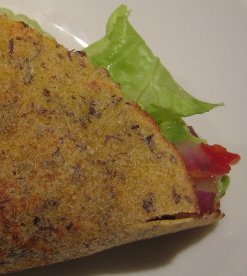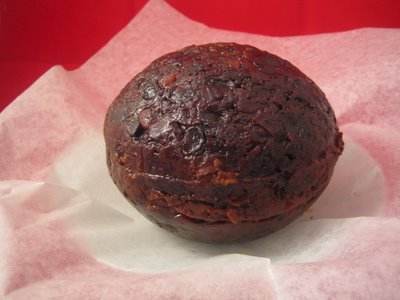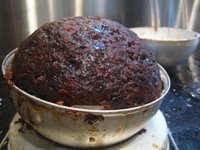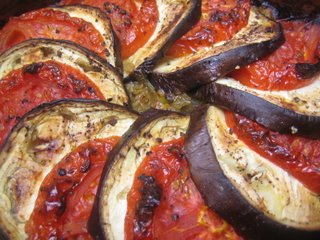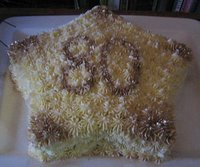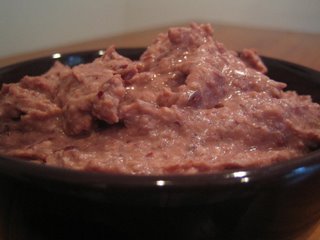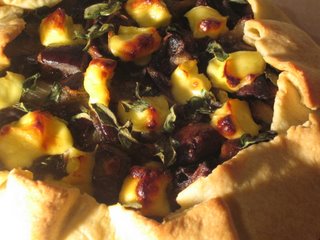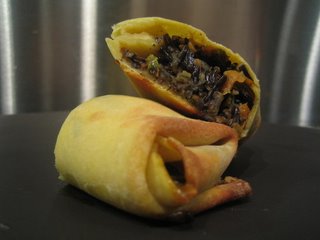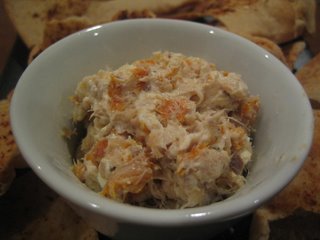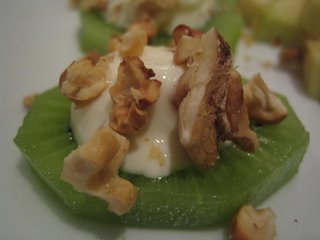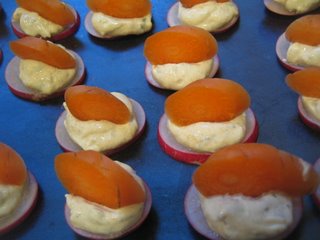 Menu for Hope III
Menu for Hope III is raising funds to support the
UN World Food Programme, which provides hunger relief for needy people worldwide. Most of us writing and reading Food Blogs are able to treat food and cooking as a joyful and happy experience ; not everyone has this privilege. For many in this world, food is not guaranteed and is a matter of survival. Menu for Hope is an annual event, last year raising
US$17,000 for
UNICEF.
Supporting
Menu for Hope is a small way for you to help those less fortunate.
I am proud to offer a
$100 gift voucher to
Truffle, Wellington, New Zealand, very generously donated by John and his team, to tempt you, and encourage you, to support
Menu for Hope :
 Truffle
Truffle are specialists in fine European food and wine with both physical and online shops.
Truffle are New Zealand agents for many exclusive and otherwise hard to find imported gourmet foods, carrying over 600 different product lines. A voucher for
Truffle is a fabulous gift for yourself or for someone you love, care about or simply want to impress. A visit to
Truffle will open an unbelievable world of gourmet rice, salt, wine, cheese, chocolate, truffles, saffron, vinegar, oils, jam, pâté, paprika, tuna, verjuice, capers, flour, nougat . . .
Raffle tickets are purchased online at
First Giving, an online fund raising company. All ticket monies are collected by
First Giving on behalf of Menu For Hope. Each prize has a unique number which should be included in the 'Personal Message' section at the
First Giving site when you purchase your tickets and make your donation.
The code for this fabulous
Truffle voucher is
AP07, be sure to include this in the 'Personal Message' section as you donate at
First Giving. Each ticket in the raffle is $10 - quite a bargin for a $NZ100 voucher - so buy a few!
There are many fantastic prizes offered by Food Bloggers for
Menu for Hope III, details for which can be found on these Blogs :
Chez Pim - The full round-up of prizes worldwide.
Grab Your Fork -Asia Pacific/Australia/New Zealand.
Davidlebovitz.com - Europe and UK.
The Cooking Diva - Latin America.
Cardamom Addict - Canada.
Becks and Posh - US West Coast.
The Amateur Gourmet - US East Coast.
Kalyn's Kitchen - US (the rest).
Details for this prize :
How to purchase a ticket to support
Menu for Hope III :
1. Go to the donation page at
First Giving (
http://www.firstgiving.com/menuforhopeIII)
2. Make a donation, each $US10 will give you one raffle ticket toward a prize of your choice. Please specify which prize or prizes you'd like in the 'Personal Message' section in the donation form when confirming your donation. Do tell us how many tickets per prize, and please use the prize code -for example, a donation of $50 can be 3 tickets for AP07 and 2 for AP14.
3. For US donors, if your company has agreed to match your charity donation, please remember to check the box and fill in the information so we may claim the corporate match.
4. Please also check the box to allow us to see your email address so that we could contact you in case you win. Your email address will not be shared with anyone.
5. Check back on
Chez Pim on January 15 when we announce the results of the raffle. (The drawing will be done electronically. Our friend the code wizard Derrick at
Obsession with Food is responsible for the wicked application that will do the job.)
 It was such a lovely surprise! I got home from work last thursday, checked the mail on the way in and found a jar of Jules's famous vanilla bean infused lemonade syrup in the letterbox.
It was such a lovely surprise! I got home from work last thursday, checked the mail on the way in and found a jar of Jules's famous vanilla bean infused lemonade syrup in the letterbox. Menu for Hope III
Menu for Hope III
